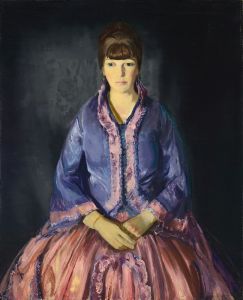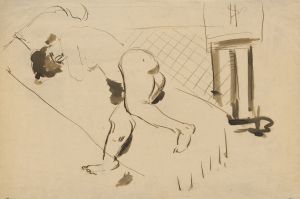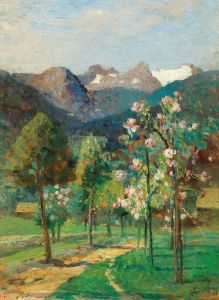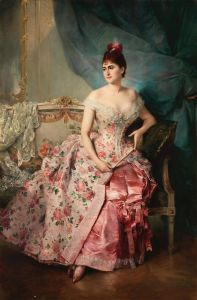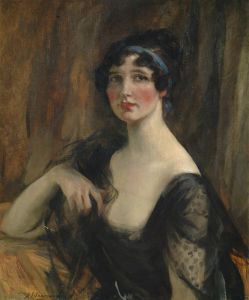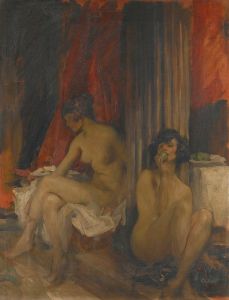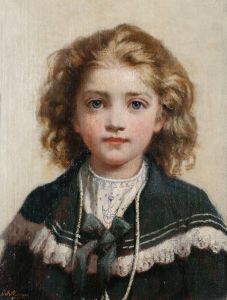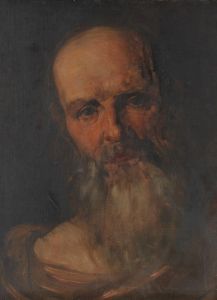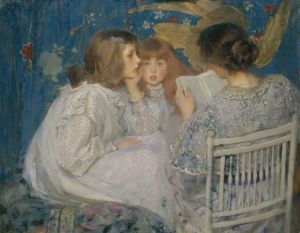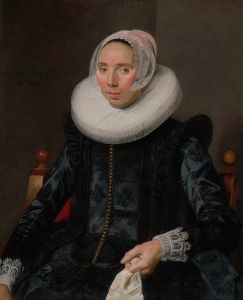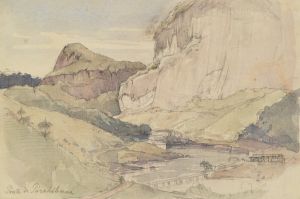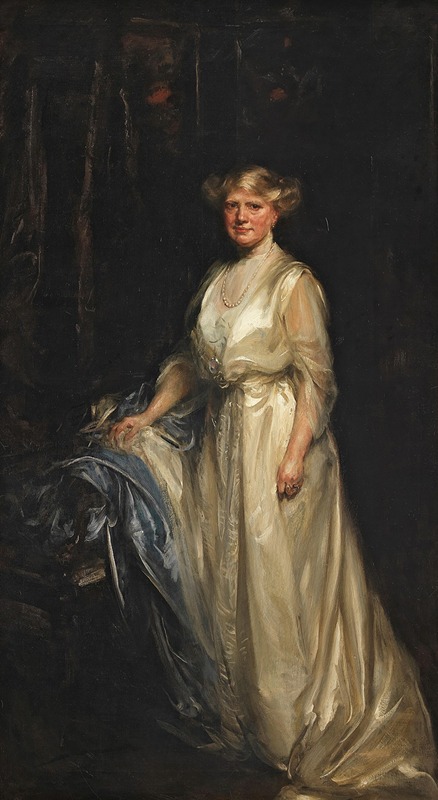
Portrait of a lady
A hand-painted replica of James Jebusa Shannon’s masterpiece Portrait of a lady, meticulously crafted by professional artists to capture the true essence of the original. Each piece is created with museum-quality canvas and rare mineral pigments, carefully painted by experienced artists with delicate brushstrokes and rich, layered colors to perfectly recreate the texture of the original artwork. Unlike machine-printed reproductions, this hand-painted version brings the painting to life, infused with the artist’s emotions and skill in every stroke. Whether for personal collection or home decoration, it instantly elevates the artistic atmosphere of any space.
James Jebusa Shannon's Portrait of a Lady is a notable example of late 19th to early 20th-century portraiture by the Anglo-American artist. Shannon, born in Auburn, New York, in 1862, moved to England at a young age and became a prominent figure in the British art scene. He was particularly celebrated for his portraits of women and children, often depicting members of the upper class and aristocracy. His works are characterized by their refined technique, attention to detail, and the ability to capture the personality and elegance of his sitters.
Portrait of a Lady exemplifies Shannon's mastery of the portrait genre. The painting showcases his skill in rendering textures, such as the delicate fabrics of the sitter's clothing, and his use of light to create a sense of depth and realism. The subject of the portrait, as is common in many of Shannon's works, is a woman of grace and sophistication, though her identity is not definitively documented in available sources. The composition reflects the influence of both the Aesthetic Movement and the broader traditions of European portraiture, with an emphasis on beauty, harmony, and the sitter's poise.
Shannon's career was marked by significant achievements. He was elected a Royal Academician in 1922 and received numerous accolades throughout his life. His works were exhibited at prestigious institutions, including the Royal Academy of Arts in London. Shannon's portraits were highly sought after during his lifetime, and his ability to capture the social status and individuality of his subjects contributed to his reputation as one of the leading portrait painters of his era.
The exact date of Portrait of a Lady is not specified in available records, but it likely falls within Shannon's most active period, from the late 1880s to the early 20th century. The painting is representative of his broader body of work, which often focused on themes of femininity, elegance, and the interplay of light and color.
Today, James Jebusa Shannon's works, including Portrait of a Lady, are appreciated for their artistic merit and historical significance. They offer insight into the cultural and social milieu of the time, as well as the enduring appeal of portraiture as a means of artistic expression.





